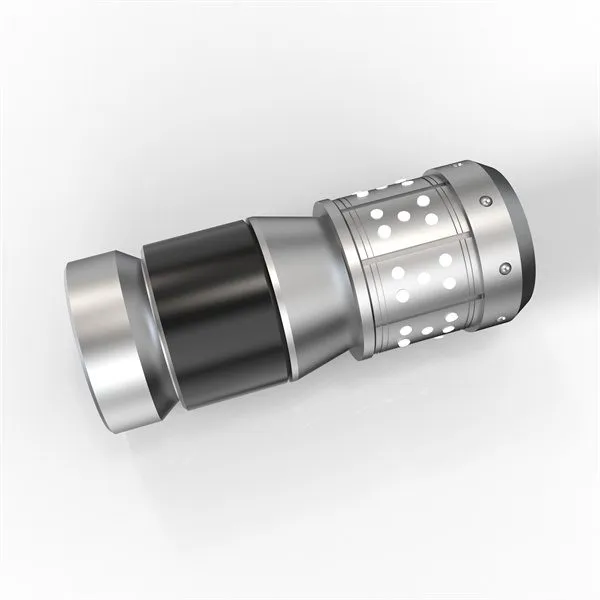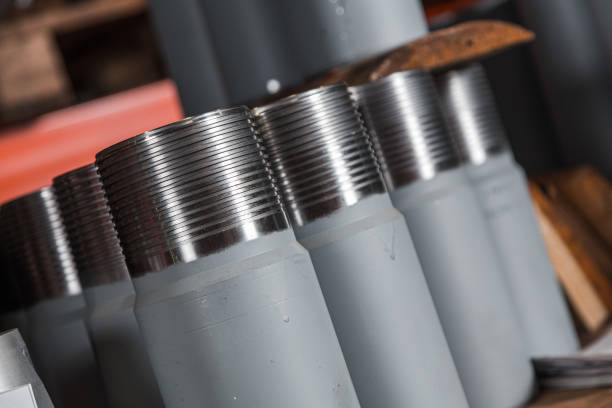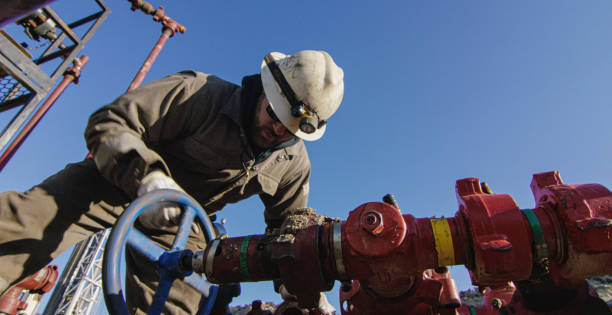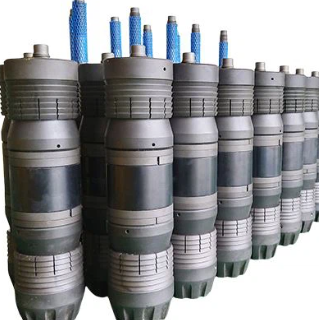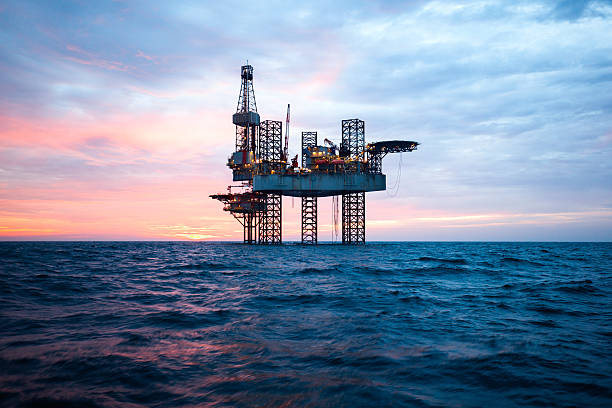Spanish

Gas Frac Hose
Technological evolution and application innovation of high-pressure gas fracturing hose (Gas Frac Hose)
Interdisciplinary exploration from basic materials to intelligent design
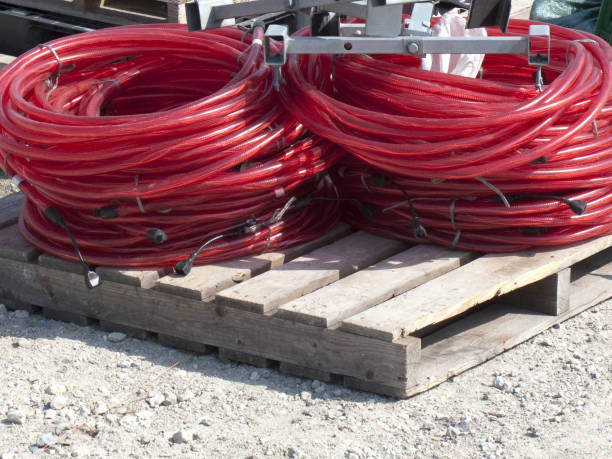
- Definition and core functions of Gas Frac Hose
High-pressure gas fracturing hose (kytider) is a key equipment for transporting high-pressure gas in oil and gas fracturing operations. Its core function is to safely and efficiently transport fracturing gas (such as nitrogen, carbon dioxide or mixed gas) to the target formation, and form a complex fracture network in the rock formation through high-pressure gas, thereby improving the permeability of oil and gas. Unlike traditional hydraulic fracturing, gas fracturing technology has gradually become an important choice for shale gas development due to its low pollution and low water consumption characteristics, and the design and performance of Gas Frac Hose directly determine the safety and efficiency of the operation.
Technical challenges and breakthroughs in material science
- Material tolerance under extreme working conditions
Gas Frac Hose needs to operate for a long time in high pressure (usually more than 300 Pa), high temperature (generated by the combustion of gunpowder or propellant) and corrosive gas environment. Early carbon steel pipes were gradually replaced by stainless steel and carbon fiber composites because they were susceptible to stress corrosion cracking. For example, the Pressurfect series of seamless stainless steel pipes developed by Sandvik has a tensile strength of 515~820 MPa and performs well in corrosive fuel environments. GASVESSEL’s FRACO pressure vessel uses type 3 carbon fiber composite materials, which are both lightweight and ultra-high pressure-resistant (300 Pa), and is compatible with clean energy transportation such as hydrogen.
Leakage prevention and sealing technology innovation
Gas molecules are small and easy to diffuse, so the sealing of the hose interface is crucial. Gas Frac Hose reduces the risk of leakage through multi-layer structural design (such as metal braid layer reinforcement) and integrated lining technology. For example, the FRACO container uses a metal liner of the same material to connect to the neck, avoiding the problem of thermal expansion differences between traditional plastic linings and metal joints. In addition, the popularity of viscoelastic surfactant (VES) fracturing fluids reduces corrosion to residues inside the hose and further extends its service life.
- Trends in intelligence and system integration
- AI-driven real-time monitoring and optimization
The AI·R FRAC intelligent fracturing system launched by Jerry Group collects hose pressure, temperature and vibration data in real time through sensors, and combines AI algorithms to predict faults and optimize pumping parameters. Such systems can reduce the risk of hose fatigue fracture caused by manifold vibration in traditional fracturing, while reducing water consumption and carbon emissions by 30%.
- Modular design and multi-functional adaptation
Modern Gas Frac Hose tends to be modular, such as Schlumberger’s Frac Sleeves technology, which achieves continuous pumping through a sleeve and ball seat system without frequent hose replacement. This design not only shortens the operation time, but also reduces the peak pressure of the hose by optimizing the fluid path.
- Environmental compatibility and future prospects
- Clean energy adaptation
With the rise of the hydrogen energy industry, Gas Frac Hose needs to be compatible with hydrogen transportation. FRACO containers have verified the long-term stability of their lining materials in hydrogen environments, without embrittlement effects, providing technical reserves for hydrogen fracturing.
- Low carbonization and circular economy
The promotion of new bio-gel fracturing fluid and CO₂ pre-fracturing technology requires hose materials to have higher chemical inertness. For example, Sinopec Southwest Company’s carbon dioxide fracturing technology has achieved 20-stage continuous operation, and the hose needs to withstand the high permeability and acidity of supercritical CO₂.
V. Conclusion and research direction
The technological development of Gas Frac Hose reflects the deep integration of materials science, fluid mechanics and intelligent control. Future research can focus on:
- Bionic material development: Learn from the fractal structure of plant catheters to improve the pressure resistance and self-healing ability of hoses;
- Quantum sensing technology: Use quantum dot sensors to achieve nano-level leak detection;
- Full life cycle management: Combine blockchain technology to track hose usage data and optimize maintenance strategies.
High-pressure gas fracturing hoses are not only tools for the oil and gas industry, but also witnesses of energy transformation and carbon neutrality goals. Its technological innovation will continue to promote the efficient development of unconventional oil and gas resources and provide infrastructure support for clean energy such as hydrogen energy and geothermal energy.
References and further reading


